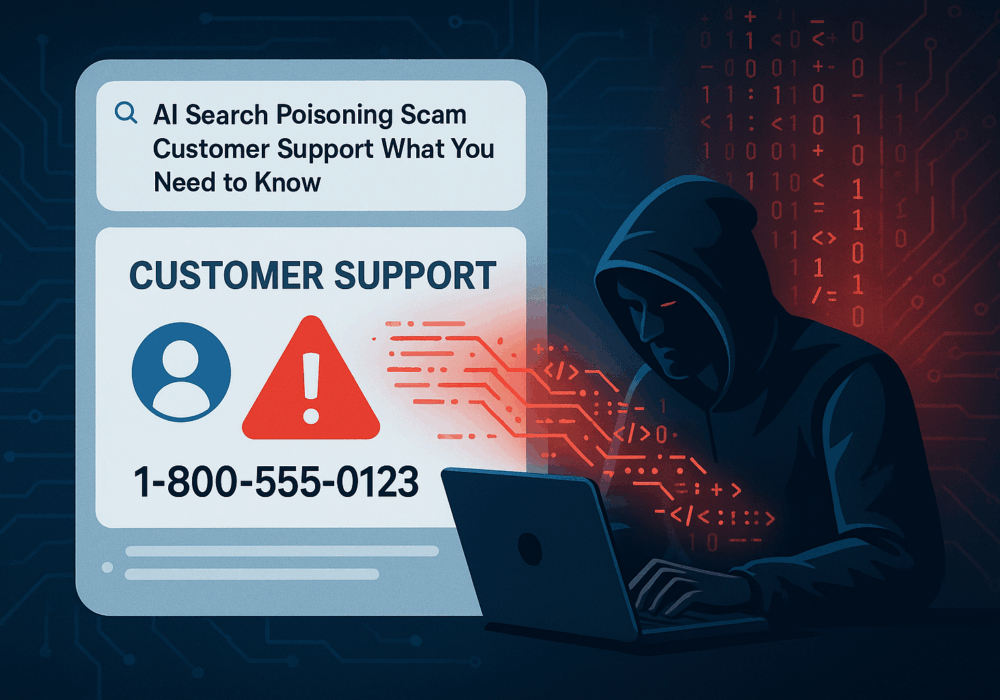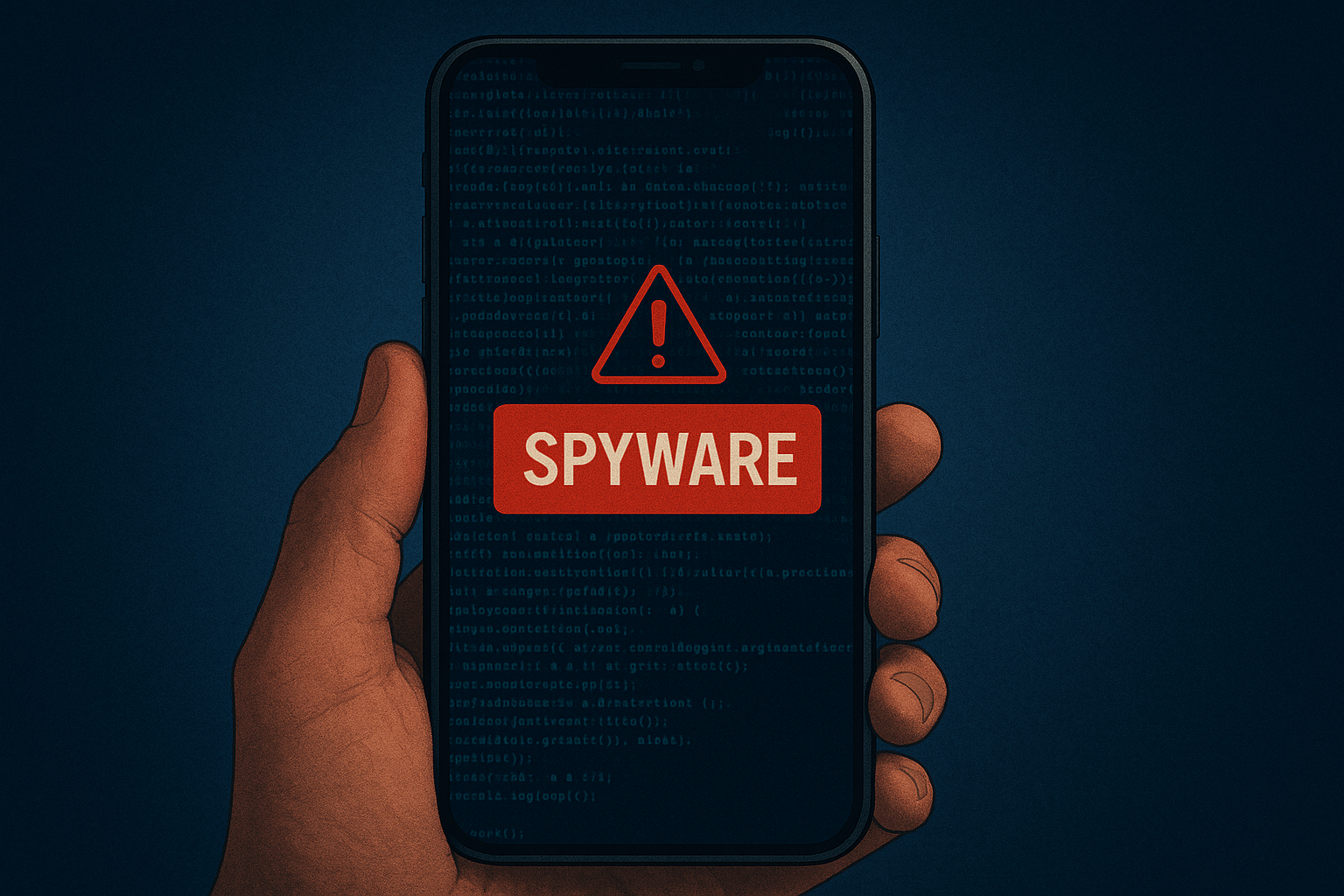Packet Sniffing is the practice of gathering, collecting, and logging the packets that pass through a computer network, regardless of how the packet is addressed. In this way, every packet may be gathered for further analysis. Network administrators use this data to monitor bandwidth and traffic in the network.
A packet sniffer, also known as a packet analyzer, is made up of two parts. The first part is a network adapter that allows the sniffer to connect to the existing network. The second, is the software behind the sniffing that gives administrators a way to look at and analyze the data coming through their network.
Source: Paessler
Related Terms: ICMP, Intrusion Detection System, Intrusion Prevention Systems, TCP, UDP
No. Packet Sniffing is a detective capability that network engineers use to identify and fix problems in your environment. These capabilities are reserved to specialists that you would call in or a vendor supporting you that your company would rely upon. Having someone who can perform Packet Sniffing analysis on your network is largely overkill unless that person was responsible for many other things within your SMB.
On the other hand, most Managed Service Providers have a seasoned network engineer who can perform packet sniffing and analysis to identify critical bandwidth problems, poor application performance issues, and identify the root cause of networking issues. This is one of the many benefits of working with Manager Services Providers on your IT infrastructure for IT planning, IT troubleshooting, and vendor management.
https://www.youtube.com/watch?v=V3C5Y2NXU68
Discover and share the latest cybersecurity trends, tips and best practices – alongside new threats to watch out for.

Cybercriminals always follow Internet eyeballs. Not literally, but figuratively. And today's eyeballs are...
Read more
Active Attacks on Messaging Apps The Cybersecurity and Infrastructure Security Agency (CISA) recently issued...
Read more
The world of work has changed enormously since COVID-19. Gone are the days when IT admins sat behind a corporate...
Read moreGet sharper eyes on human risks, with the positive approach that beats traditional phish testing.
